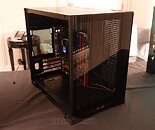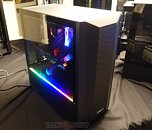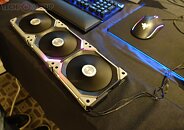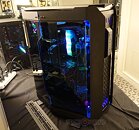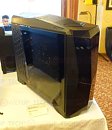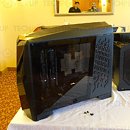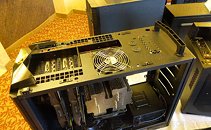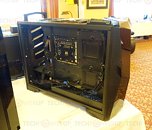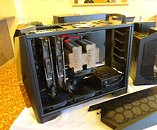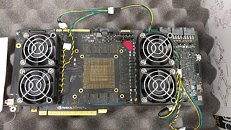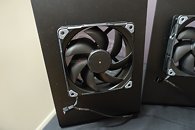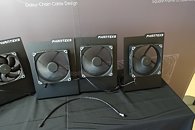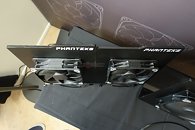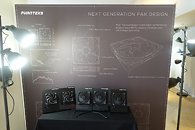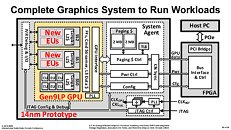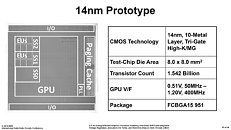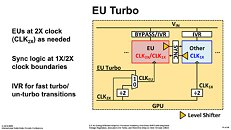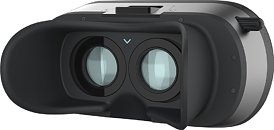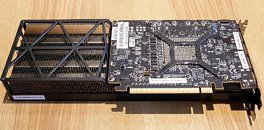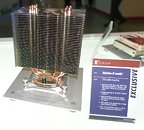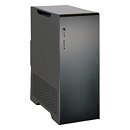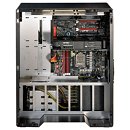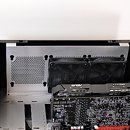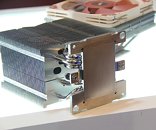University of Chicago Molecular Engineering Team Experimenting With Stretchable OLED Display
A researcher team operating out of the Pritzker School of Molecular Engineering (PME) at the University of Chicago are developing a special type of material that is simultaneously capable of emitting fluorescent pattern and undergoing deformation via forced stretches or bends. This thin piece of experimental elastic can function as a digital display, even under conditions of great force - its creators claim that their screen technology material can be stretched to twice the original length without any deterioration or failures.
Sihong Wang (assistant professor of molecular engineering) has lead this research project, with Juan de Pablo (Liew Family Professor of Molecular Engineering) providing senior supervision. The team predicts that the polymer-based display will offer a wide range of applications including usage foldable computer screens, UI-driven wearables and health monitoring equipment. Solid OLED displays are featured in many modern devices that we use on a daily basis, but the traditional nature of that technology is not suitable for material flexibility due to inherent properties of "tight chemical bonds and stiff structures". Wang hopes to address these problems with his new polymer-type: "The materials currently used in these state-of-the-art OLED displays are very brittle; they don't have any stretchability. Our goal was to create something that maintained the electroluminescence of OLED but with stretchable polymers."
Sihong Wang (assistant professor of molecular engineering) has lead this research project, with Juan de Pablo (Liew Family Professor of Molecular Engineering) providing senior supervision. The team predicts that the polymer-based display will offer a wide range of applications including usage foldable computer screens, UI-driven wearables and health monitoring equipment. Solid OLED displays are featured in many modern devices that we use on a daily basis, but the traditional nature of that technology is not suitable for material flexibility due to inherent properties of "tight chemical bonds and stiff structures". Wang hopes to address these problems with his new polymer-type: "The materials currently used in these state-of-the-art OLED displays are very brittle; they don't have any stretchability. Our goal was to create something that maintained the electroluminescence of OLED but with stretchable polymers."


























